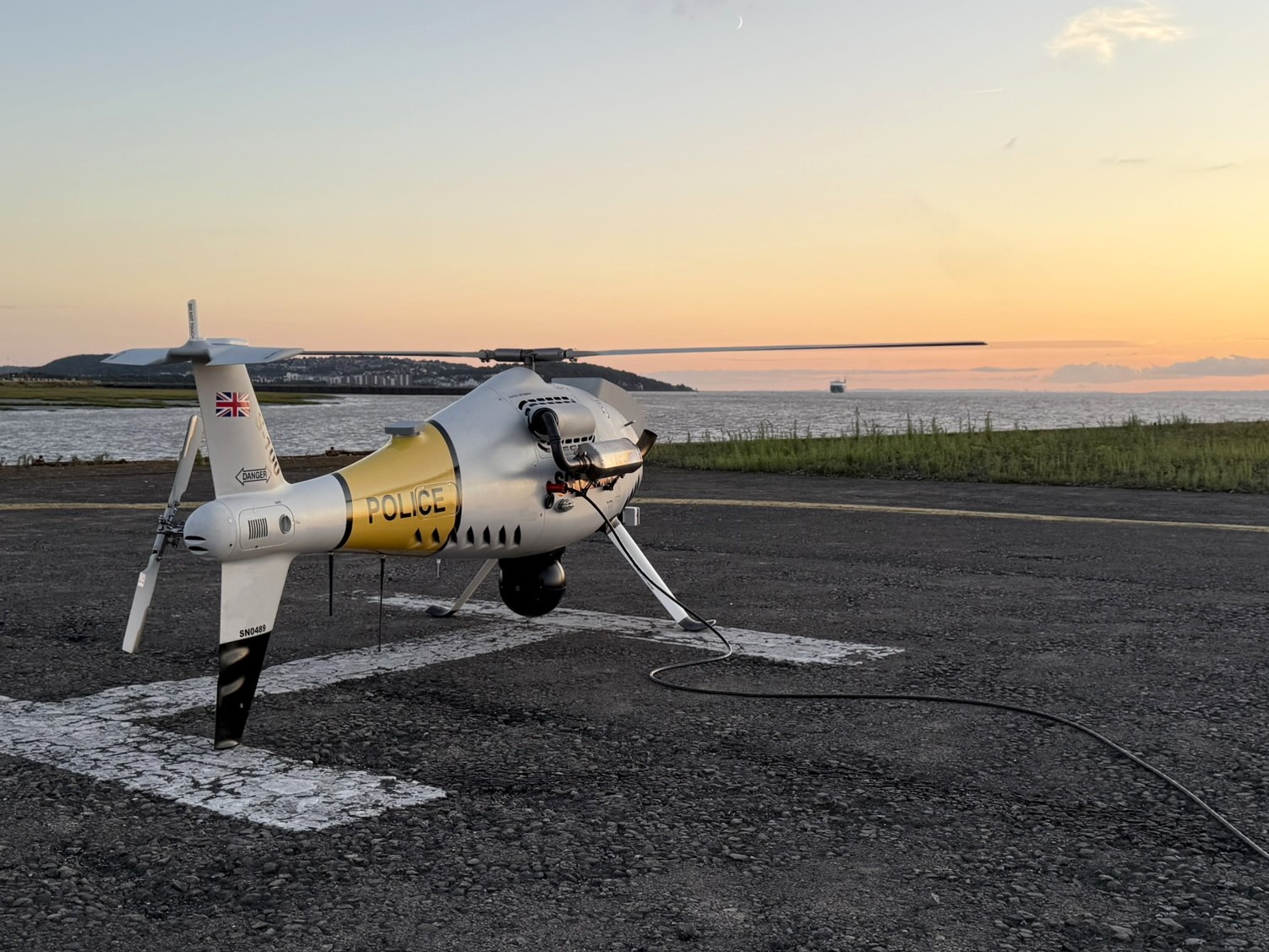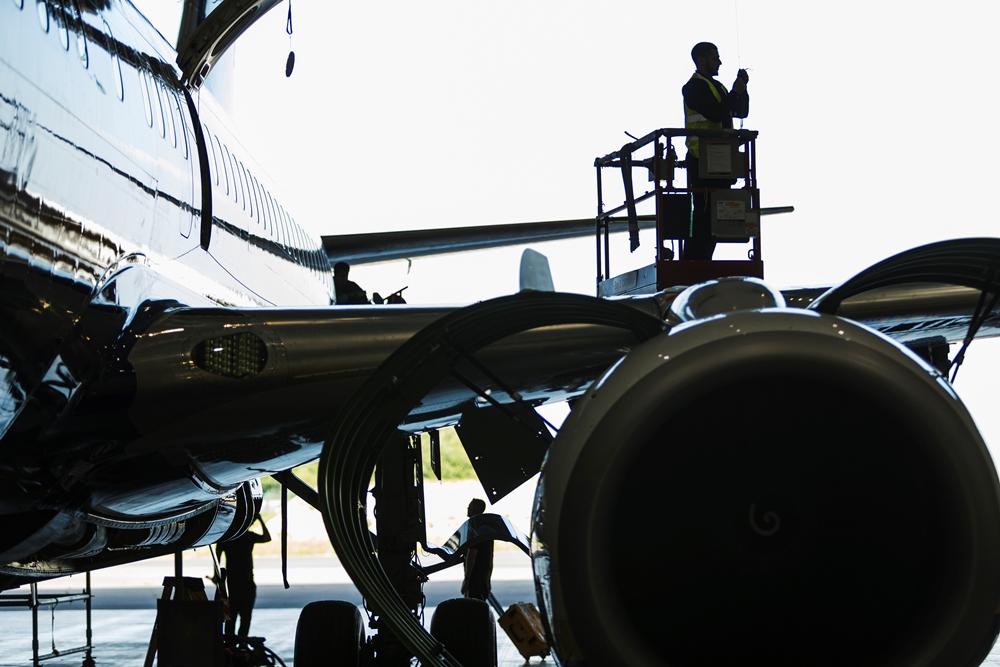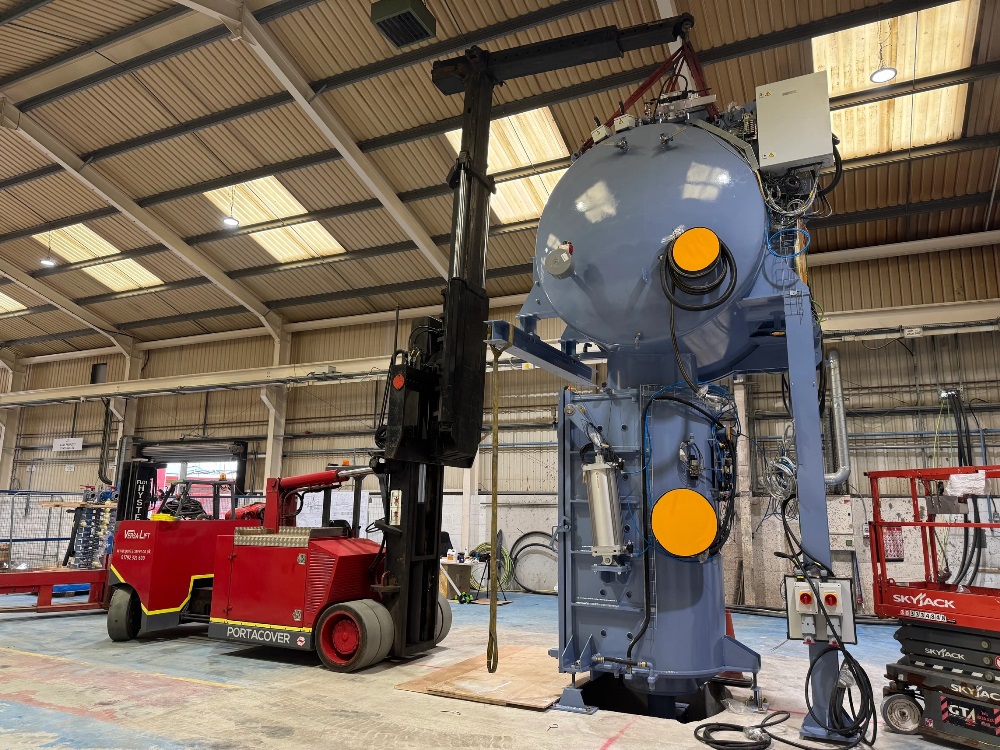IATA sees April passenger demand up but cargo down
April passenger capacity (available seat kilometres or ASKs) increased by 3.6% and load factor climbed 0.6 percentage point to 82.8%, which was a record for the month of April, surpassing last year’s record of 82.2%. Regionally, Africa, Europe and Latin America posted record load factors.
Comparisons between the two months are distorted owing to the timing of the Easter holiday, which occurred on 1 April in 2018 but fell much later in the month in 2019.
.jpg)
“We experienced solid but not exceptional rising demand for air connectivity in April. This is partly owing to the timing of Easter but also reflects the slowing global economy. Driven by tariffs and trade disputes, global trade is falling, and as a result, we are not seeing traffic growing at the same levels as a year ago. However, airlines are doing a very good job of managing aircraft utilisation, leading to record load factors.” said Alexandre de Juniac (above), IATA’s Director General and CEO.

April international passenger demand rose 5.1% compared to April 2018. All regions recorded year-over-year traffic increases, led by airlines in Europe. Total capacity climbed 3.8%, and load factor climbed 1.1 percentage points to 82.5%.
- European airlines’ April traffic increased 8.0% compared to the year-ago period, up from 4.9% annual growth in March. While this represented the strongest monthly growth since December, on a seasonally-adjusted basis, RPKs have only risen by 1% since November 2018, suggesting the global economic and trade backdrop – along with the uncertainty surrounding Brexit – is impacting demand. Capacity rose 6.6% and load factor surged 1.1 percentage points to 85.7%, highest among the regions.
- Asia-Pacific carriers posted a 2.9% traffic rise in April, up from 2% growth in March but well below the long-term average. Capacity climbed 3.7% and load factor dropped 0.6 percentage point to 80.8%. Asia-Pacific was the only region to experience a decline in load factor compared to the same month a year ago. Results largely reflect the slowdown in global trade, including the impact from the China-US trade tensions on the broader region, which continue to weigh on passenger demand.
- Middle East carriers saw demand rise 2.9% in April, which was a recovery from a 3.0% decline in traffic in March. Notwithstanding the monthly turnaround, in seasonally-adjusted terms the downward trend in traffic growth continues, reflecting broader structural changes affecting the industry in the region. Capacity fell 1.6% and load factor soared 3.5 percentage points to 80.5%.
- North American airlines posted a 5.5% demand increase compared to April 2018, which was up from 3.2% year-over-year growth in March. A strong domestic economy, low unemployment and a strong dollar are offsetting any impacts from current trade tensions. Capacity climbed 3.2%, and load factor rose 1.8 percentage points to 82.2%.
- Latin American airlines experienced a 5.2% rise in April demand compared to the same month last year, slightly up on 4.9% growth in March. Capacity increased by 4.0% and load factor edged up 0.9 percentage point to 82.8%. The strong results are occurring against a backdrop of economic and political uncertainty in some key regional economies. Strong South-North traffic flows may be supporting demand growth.
- African airlines had a 1.1% traffic increase in April, which was down from 1.6% growth in March and was the slowest regional growth since early 2015. Like Latin America, Africa is seeing some economic and political uncertainty in the largest markets. Capacity climbed 0.1%, and load factor edged up 0.7 percentage point to 72.6%.
Domestic Passenger Markets
Demand for domestic travel climbed 2.8% in April compared to April 2018, down from 4.1% growth in March year-over-year. The slowing trend is being driven primarily by developments in China and India discussed below. Capacity increased 3.2%, and load factor slid 0.3 percentage point to 83.2%.

• China’s domestic traffic increased 3.4% in April, up from 2.8% in March, but still well below the 2016-2018 period when growth averaged around 12%, reflecting the impact of the US-China trade dispute and softening in a number of economic indicators.
• India’s airlines’ traffic actually fell 0.5% year-over-year, reflecting the impact of the shut-down of Jet Airways. This marked the first time in six years that monthly domestic traffic declined compared to the year-ago period.
Air Cargo demand continues negative 2019 trend
Measured in freight tonne kilometres (FTKs), global air freight markets fell 4.7% in April 2019, compared to the same period the year before. This continued the negative trend in year-on-year demand that began in January.
Freight capacity, measured in available freight tonne kilometers (AFTKs), grew by 2.6% year-on-year in April 2019. Capacity growth has now outpaced that of demand for the last 12 months. Air cargo volumes have been volatile in 2019, due to the timing of Chinese New Year and Easter but the trend is clearly downwards, with volumes around 3% below the August 2018 peak.
Brexit-related trade uncertainty in Europe and trade tensions between the US and China, have contributed to declining new export orders. In month-on-month terms, export orders have increased only three times in the past 15 months and the global measure has been indicating negative export demand since September. The continued weakness is likely to lead to further subdued annual FTK growth in coming months.
Alexandre de Juniac said: “April saw a sharp decline in air cargo growth and the trend is clearly negative this year. Cost inputs are rising, trade tensions are affecting confidence, and global trade is weakening. Airlines are adjusting their capacity growth to try and fall into line with the dip in global trade since the end of 2018. It all adds up to a challenging year ahead for the cargo business. Governments should respond by easing trade barriers in order to drive economic activity.”

Regional Performance
Asia-Pacific, Europe and Middle East suffered sharp declines, while Africa, Latin America and North America experienced modest increases in growth in April 2019.
Asia-Pacific airlines saw demand for air freight contract by 7.4% in April 2019, compared to the same period in 2018. This was the sixth consecutive month of falling demand in the region, where international volumes are down 8.1% compared with the level of a year ago. As the world’s main manufacturing and assembly hub, the latest round of US tariffs is likely to negatively impact sentiment and activity in the region further. Capacity fell 0.1%.
North American airlines saw demand increase by 0.1% in April 2019, compared to the same period a year earlier. International FTKs, however, fell 0.8%. Despite solid domestic economic performance, global headwinds are likely to impact air freight outcomes in the coming months, especially with the recent escalation in US-China trade tensions. Capacity increased by 2.5% over the past year.
European airlines posted a sharp 6.2% decrease in freight demand in April 2019 compared to the same period a year earlier. Weakness in German export orders, along with subdued economic growth and the ongoing lack of clarity around Brexit are all factors weighing upon air freight outcomes. Capacity increased by 4.2% year-on-year.
Middle Eastern airlines’ freight volumes decreased 6.2% in April 2019 compared to the year-ago period. Capacity increased by 0.7%. Air freight volumes have been declining since the fourth quarter of 2018. Freight volumes to and from Europe and Asia Pacific are growing, but a double-digit decline for the key North America market highlights some of the issues facing the region’s carriers.
Latin American airlines experienced an increase in freight demand growth in April 2019 of 5.0% compared to the same period last year—a third consecutive month of positive FTK growth. Future growth in the region will be heavily influenced by the health of the Brazilian economy. Capacity increased by 18.7%.
African carriers posted growth in April 2019 of 4.4% compared to the same period a year earlier. The strong FTK growth in late 2016 and into 2017 has been only partly unwound, and international FTKs for African carriers are still more than 30% higher than their level of three years ago. Capacity grew 12.6% year-on-year.












